Heart disease, being the world’s top killer1 and the third commonest fatal disease in Hong Kong2, must not be neglected! It is a common belief that heart disease is an invisible killer that catches people off guard. In fact, according to an international study, 90% of heart attack worldwide were collectively attributed to nine manageable risk factors, including smoking, excessive alcohol consumption, unhealthy eating habits, lack of exercise, abdominal obesity, high blood pressure, diabetes, suboptimal blood lipid levels, and stress3. In other words, heart disease can be effectively prevented by practising healthy living habits as well as regular health monitoring and management.
Doctors and Patients Leverage on eHealth to Combat Heart Disease Together
Dr Chan Chi Yuen, Karl
In this issue of eHealth News, we invited Dr Chan Chi Yuen, Karl, who had worked in public hospitals for 18 years and joined the private market, as a consultant in cardiology, in early 2021, to share his clinical experience and insights in both public and private hospitals and shed light on how doctors and patients can make good use of the Electronic Health Record Sharing System (eHealth) to prevent and treat heart disease.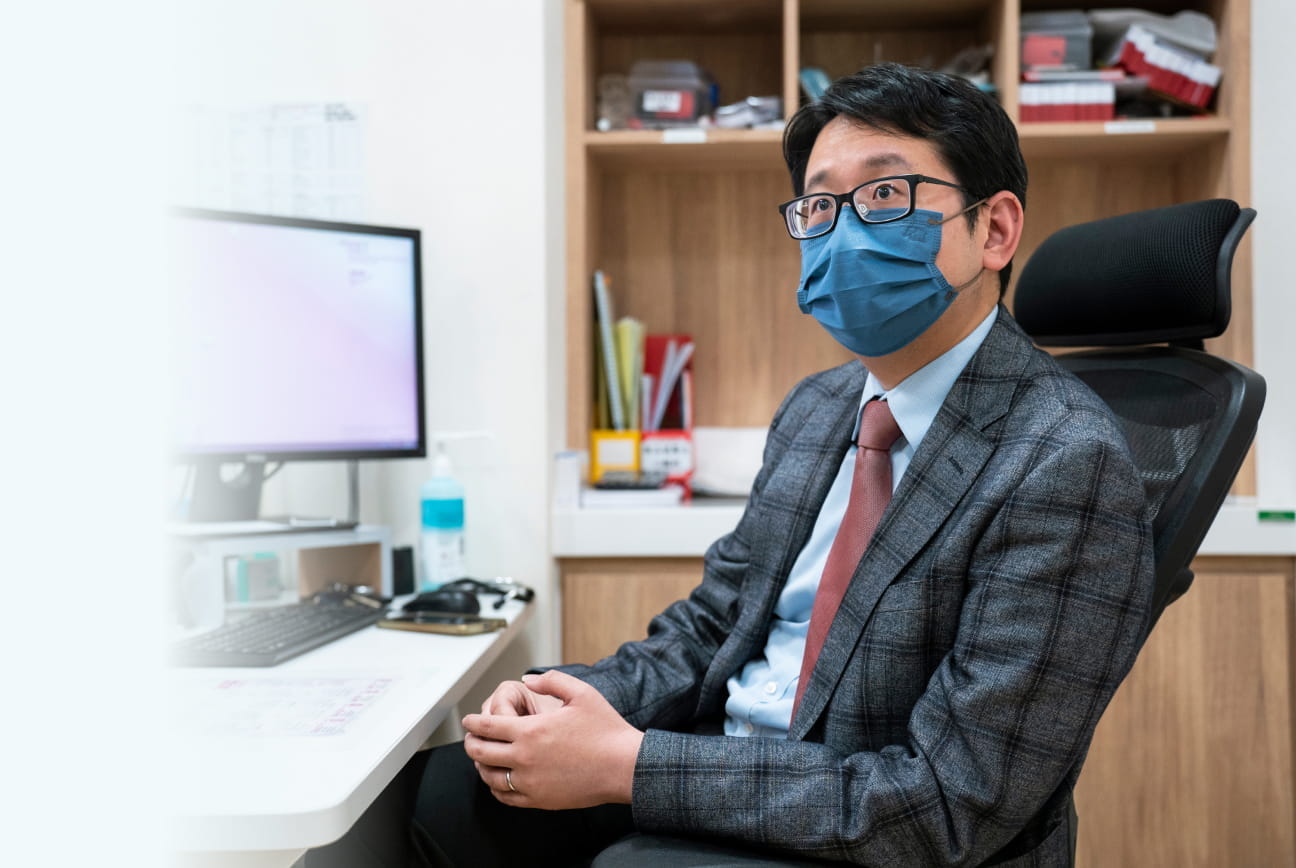
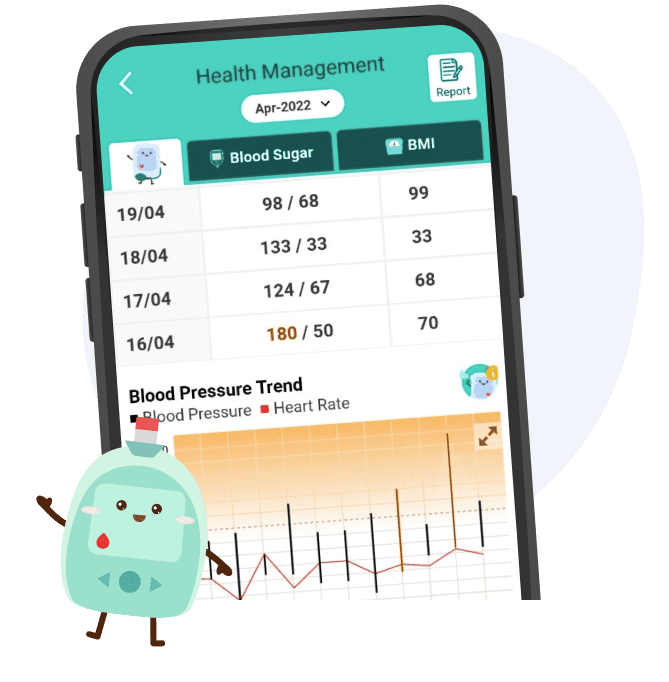
Continuous Health Data Recording for Health Monitoring by Doctors and Patients Together
A stressful working environment, lack of sleep, and physical inactivity, combined with a high-fat and high-sodium diet, put the Hong Kong people at risk for heart disease. Leveraging technology to actively manage personal health helps better detect the early signs of illness. Dr Chan said, "Most heart diseases develop over time. Blood vessels become narrowed, blocked or thickened with age may cause heart disease. However, the symptoms may be not obvious at the early stage that patients will easily overlook them, missing the golden period for medical treatment. If patients can develop habits to record and monitor their vital signs, say blood pressure, blood sugar, and weight, regularly via the 醫健通eHealth App (App), they will be reminded of living an healthy lifestyle to prevent heart disease. In addition, continuous health data can also be generated into charts and reports in the App for easy health monitoring, with a view to better understanding their own health. Once any abnormality is observed, they can seek medical advice promptly to prevent deterioration."
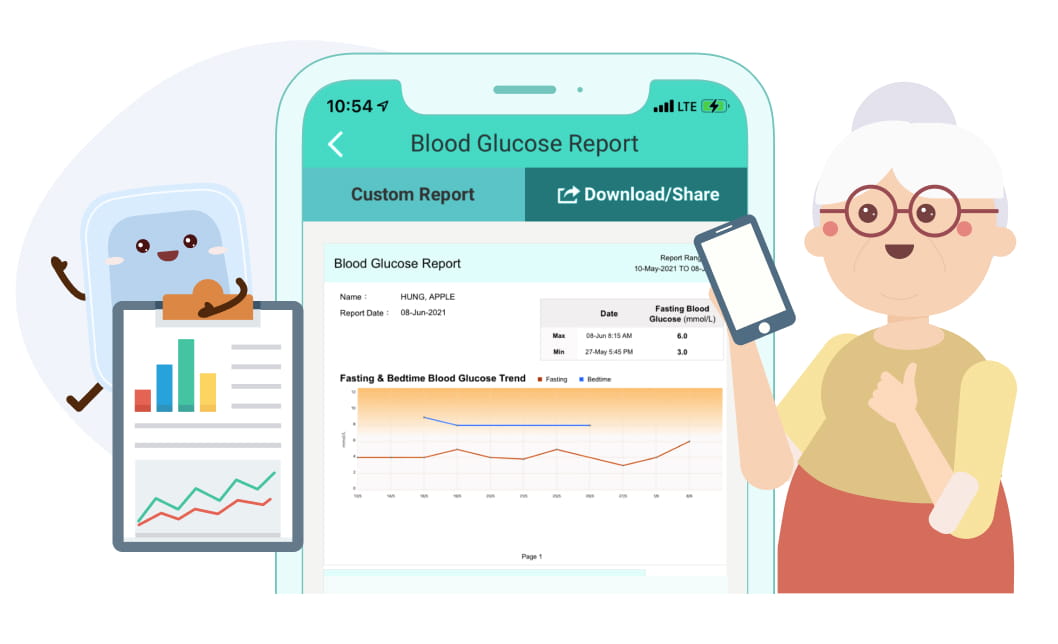
Long-term health data facilitate doctors to diagnose and provide treatment advice. For example, doctors have to make reference to the average blood pressure of the patient; the time of blood pressure measurement would also affect the clinical judgement. Dr Chan added, “It is common that “High blood pressure” uttered by most patients is only a one-time measurement. They fail to record daily blood pressure data and measurement time in details that the information is insufficient for doctor to make personalized treatment recommendations. On the contrary, records stored in the App are clear and comprehensive. Other value-added features such as vaccination, adverse drug reactions and allergies records are also available in the App. It is beneficial for doctors to conduct diagnosis, explain the treatment program, prescribe drugs and conduct post-operative assessment for patients, especially the elderly, and their family members.”
A Three-win Situation for Patients, Public and Private Healthcare

Dr Chan pointed out that sometimes patients receive healthcare services in both public and private hospitals. eHealth allows two-way sharing of medical histories and appointment records, benefiting both patients and doctors. He explained, "eHealth stored reports from both public and private hospitals necessary for consultation, such as blood test report with patient’s measurements blood lipids, cholesterol, kidney and liver functions. It avoids repeated blood tests, saves the medical costs of the patients and hospitals, and also facilitates doctors to prescribe drugs more accurately."
Dr Chan also opined that sharing of appointment records promoted collaboration between the public and private hospitals and therefore enhanced the efficiency of medical services and the effectiveness of the community.
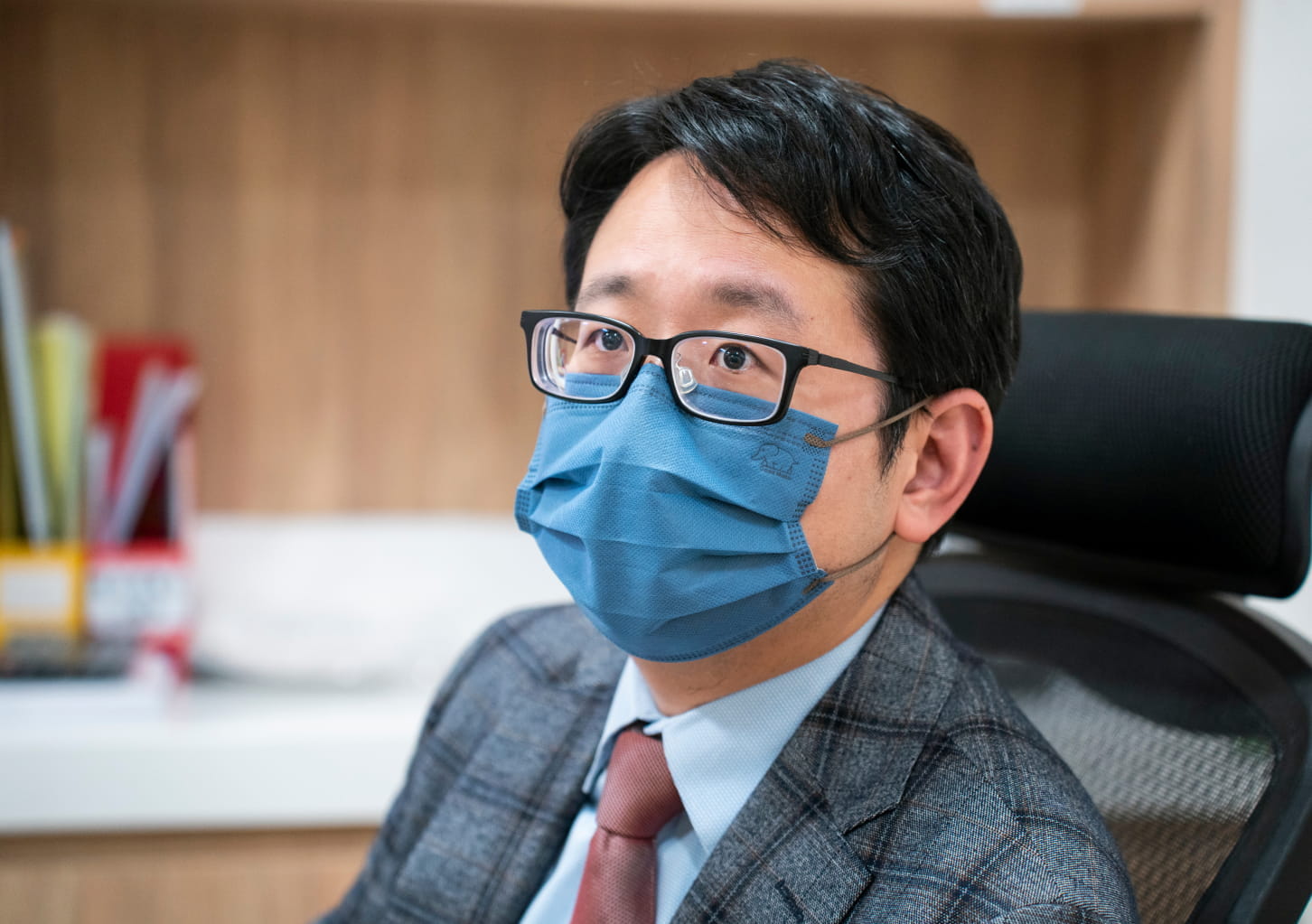
Radiology Image Sharing Supports Clinical Decision Making
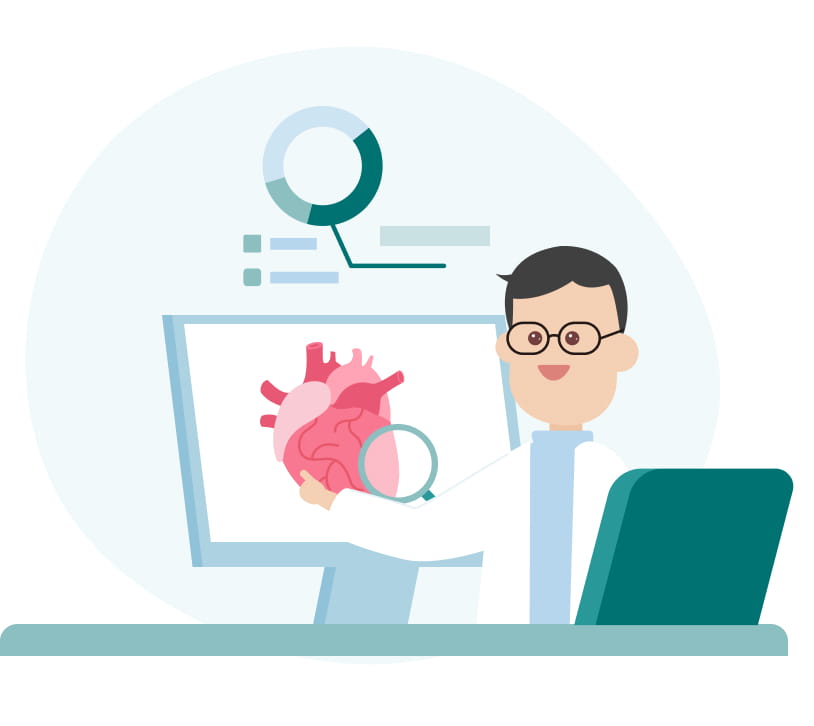
Radiology image has been included in the sharable scope of eHealth since 2021. Such development is critical for heart disease diagnosis and treatment, especially for Dr Chan who often needs to perform complicated surgeries. Dr Chan shared, "Angiography reflects the location and severity of coronary artery disease, which is a crucial information for cardiologist to formulate treatment plan. Without the sharing of radiology images, if the patient neither brings the angiogram from public hospital for consultation at private hospital, nor intends to have another angiography, doctor can hardly provide an accurate clinical recommendation in accordance with the patient’s situation.” He explained, “Patient often consults different cardiologists for medical advice before determining to undergo a heart surgery. With the aid of radiology images, cardiologists can explain in more details the procedures, risks and benefits of different heart surgeries, such as Percutaneous Coronary Intervention or Coronary Artery Bypass Grafting. It helps enhance patient’s confidence in the treatment plan and understanding of own medical condition for choosing the approach that best suits him/her.”
Dr Chan hoped that eHealth can become more extensively adopted by the public and more private healthcare providers, including hospitals, clinics, medical laboratories etc. can upload and share patients’ health records to the platform, with a view to strengthening the public-private partnership of healthcare services. Furthermore, a more comprehensive health management by both healthcare profession and citizens can be achieved upon the launch of more diverse App features.

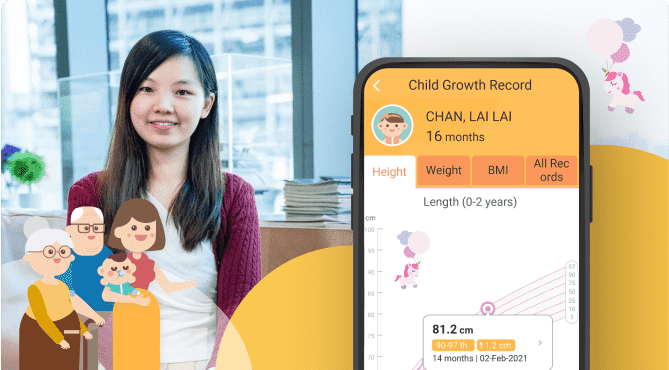
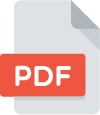 Download PDF (Full Version)
Download PDF (Full Version)



